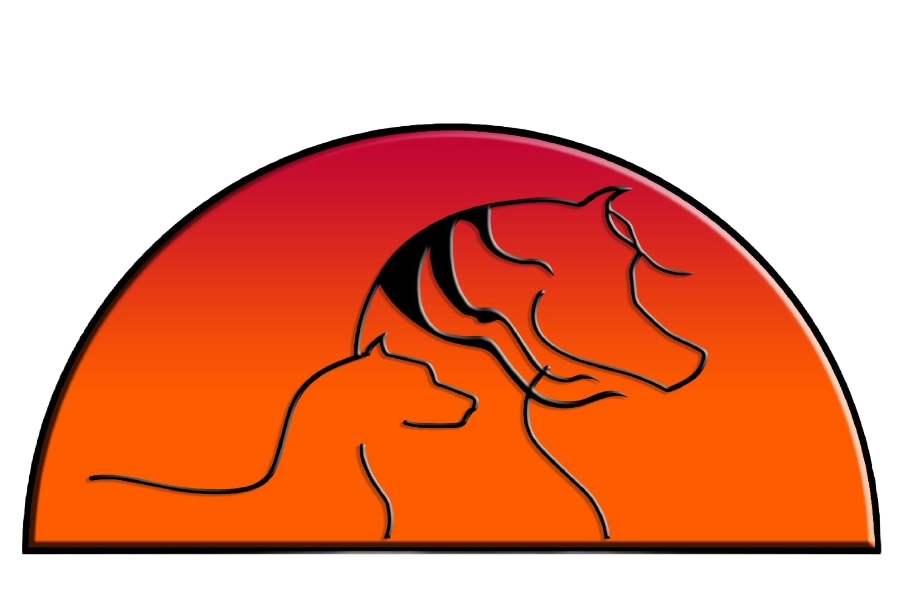Frequently Asked Questions
What happens during a massage?
Massage therapy is a series of strokes over the horse or dog's muscles. Typically this begins with an opening stroke, which warms up the muscle and brings blood flow to the area. This is followed by a locating stroke in which the muscle is palpated for spasms, tightness, knots, soreness, etc. Once those spots are located, direct pressure also known as acupressure is used to relieve the area. Finally, a closing stroke finishes off the muscle and once again stimulates blood flow through the area. These strokes might look different on different muscle groups and other techniques, such as a deswelling technique, might be used.
When should a horse or dog not get a massage?
Massage therapy is contraindicated if your horse or dog has a fever or is in shock. If they have an acute injury, such as a sprain, it's best to wait 48 hours after the injury before a massage. Always check with your veterinarian before scheduling an appointment.
How long does a massage session last?
This can vary greatly depending on the size of the horse or dog, temperament, number of issues that need addressed, and more. For instance, a mini horse and a draft horse won't take the same amount of time and a dog with multiple chronic conditions will take longer than a dog with no issues. However, in general, an equine massage lasts between 90 and 120 minutes, and a canine massage lasts between 30 and 60 minutes. Massages are priced per session, not per hour.
Where does the massage take place?
We come to you! An equine massage takes place at your barn, typically in their stall with a lead rope and halter on. A canine massage takes place in your home, wherever the dog is comfortable. That may be a dog bed, the couch, the floor, etc.
What can we expect for a first massage?
Whenever I meet a horse or dog for the first time, we start to get to know each other. To the animal, I am a stranger who came in and started pushing on their sore spots. Horses and dogs might be somewhat antsy and first massages typically take longer. I am also learning what muscles need the most work. After the first appointment, they usually make the connection that massage therapy = relief! It doesn't typically take long for us to establish a great relationship and routine.
How often should my horse or dog get a massage?
This is something I could answer for you more definitively after a first appointment, but here are some examples of plans we've used successfully in the past.
Twice a week for two weeks
Once a week for four weeks
Once a month for maintenance
Once a week for four weeks
Once every other week for four weeks
Once every two-four weeks for maintenance depending on severity
Once a week
Once every two weeks
Once a month
- Acute Injury Treatment Plan
- Chronic Injury Treatment Plan
- High Level Competition Treatment Plan
- Moderate Level Competition Treatment Plan
- Maintenance Treatment and Prevention Plan
What forms of payment do you accept?
We can currently accept cash, check, or venmo. Payment is due at the time of service.

